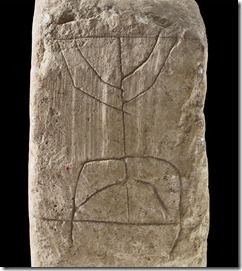Tourism in the Middle East this year is up and down, depending upon the country and the month.
Best bets: Israel, Jordan, and Egypt. From the Jerusalem Post:
Travel to the Middle East this year was supposed to reach record highs, but the Arab Spring sent the numbers tumbling, as the violence and turmoil kept many away. But there are signs of recovery in Egypt and in Israel, even as tourism continues to drop in Syria, Lebanon and the Palestinian areas.
Egypt’s Tourism Ministry has announced special discounts for Ramadan (Muslim holy month) visitors, particularly targeting the Gulf states. Egyptian Finance Minister Hazem El-Beblawi told Reuters that the Egyptian government forecast revenues from tourism would total $10 billion in the financial year that began on July 1, compared with $11.6 billion in 2009/10.
El-Beblawi said the tourism minister told him “occupancy in Sharm A-Sheikh and other places on the Red Sea was systemically and constantly recovering. If this trend continues, by the end of the year we will reach the normal level.”
According to the UN’s World Tourism Organization, which monitors tourism trends, recovery has already been seen through statistics showing that Egypt suffered an 80% drop in tourism in February at the height of the anti-regime protests, but that by May it had halved to 41% less.
[…]
Syria and Lebanon, on the other hand, have seen tourism die a painful death as Syrian President Bashar Al-Asad’s troops ratchet up the bloody crackdown on popular unrest that erupted in March.
“We would be happy to arrange for you a package that doesn’t take in the risky spots. The hotels are offering very many special deals now,” a travel agent at Syritours, one of the leading tour operators in Syria, said cheerfully when reached by telephone.
The Syrian Tourism Ministry’s “Damascus in August” brochure is offering Ramadan night tours in the old market sponsored by the Iranian cultural chancellery; and a film festival at the Russian culture center.
The alleys of the Damascus suk [marketplace] should have been filled with tourists this summer. Ironically, it was just a year ago that the New York Times rated Syria in the top ten of the hottest places to visit in 2010. UNESCO has cited Syria as the number one place in the world for archaeological sites.
And until this Arab Spring and the bloody, ruthless suppression of anti-regime protests during which human rights organizations say nearly 2,000 people have been killed, tourist numbers had been steadily climbing. The United States and European Union have issued severe travel warnings against visiting Syria and have urged their citizens there to “depart immediately.”
The full story is here.

